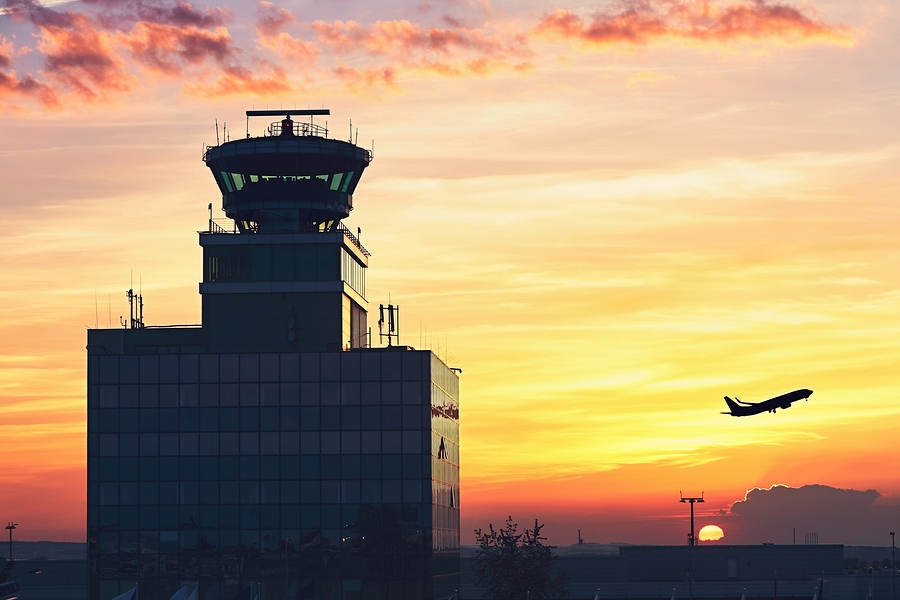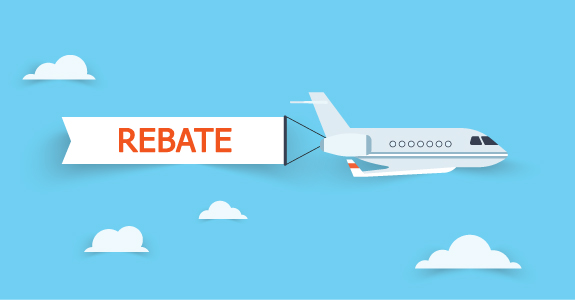
ADS-B Could Be the Catalyst for Mass BizJet Retirement
The clock is ticking for thousands of aircraft in the United States that have not yet gotten the necessary upgrades to meet the compliance standards of Automatic Dependent Surveillance-Broadcast (ADS-B), a new surveillance technology used for air traffic control. The January 2020 deadline is fast-approaching, but many aircraft owners are unsure of whether to make the leap.
The cost of upgrading to meet the new program’s standards can be steep, particularly for older aircraft that lack much of today’s modern tracking technology. Few options for selling jets and values that sit far below the cost of compliance may force many jet owners to retire their aircraft.
What is ADS-B?
ADS-B is a new air traffic surveillance system implemented by the Federal Airline Administration (FAA) to replace radar technology. The system has been designed to improve safety and efficiency in the air, reduce costs, and minimize the environmental impacts of flying. ADS-B is the FAA’s attempt to modernize air traffic control and improve the safety of pilots and their passengers.
Beginning January 2020, all aircraft must be equipped with ADS-B Out systems to fly in most controlled airspace. ADS-B Out provides the ability to transmit flight data to air traffic controllers and other aircraft equipment with ADS-B In, the counterpart system.
ADS-B In is not required for compliance, but the FAA encourages it to allow pilots to utilize all the benefits of the system, including weather and traffic pattern updates.

Options for owners
Although upgraded tracking systems stand to benefit the aviation industry, the FAA-mandated compliance requirements are troublesome to many aircraft owners, particularly those who own smaller aircraft such as private jets.
Cost is the major issue. For older aircraft with outdated systems, the cost of upgrading to ADS-B standards could cost owners $90,000 or more. This cost includes the need for new transponders, GPS receivers, antennas and other equipment. Newer jets may be able to trim these costs significantly, but the expense may still outweigh the value of some smaller jets. Downtime expenses are also a factor for jet owners that lease their aircraft out as a revenue stream.
 The cost of not upgrading may be just as steep. Without being ADS-B compliant, aircraft will not be allowed to fly in controlled airspace. This puts a damper on many aircraft and their capabilities. If jets need to fly into this airspace regularly, the owners face a difficult choice: upgrade or retire.
The cost of not upgrading may be just as steep. Without being ADS-B compliant, aircraft will not be allowed to fly in controlled airspace. This puts a damper on many aircraft and their capabilities. If jets need to fly into this airspace regularly, the owners face a difficult choice: upgrade or retire.
Selling old aircraft at this time isn’t easy. With the FAA deadline looming over their heads, aircraft buyers are thinking to the future and purchasing already compliant aircraft. This leaves aircraft owners with the option to scrap their jets to earn back some of their investment.
If you are the owner of a private aircraft that is not yet ADS-B compliant, now is the time to weight your options. If you choose not to upgrade, you may still be able to sell your aircraft, so call an experienced aircraft broker and learn more about your options in the market.

 Choose proper ADS-B out equipment.
Choose proper ADS-B out equipment.